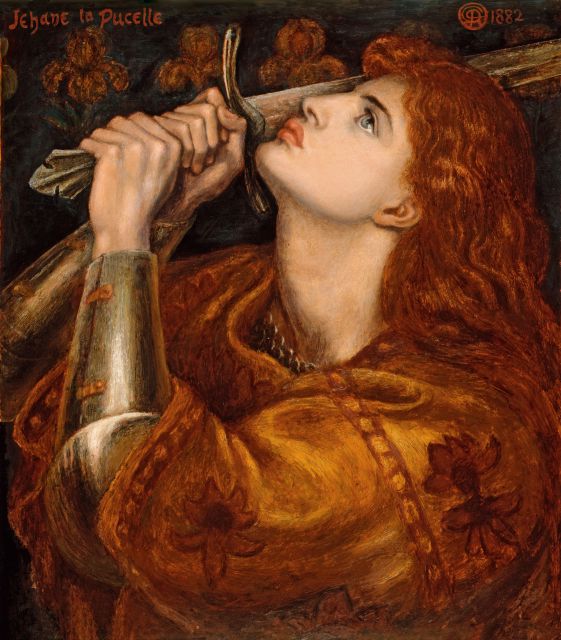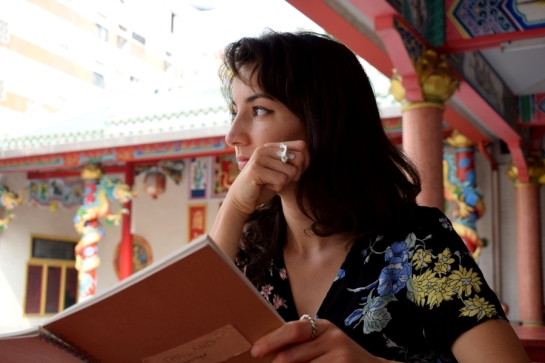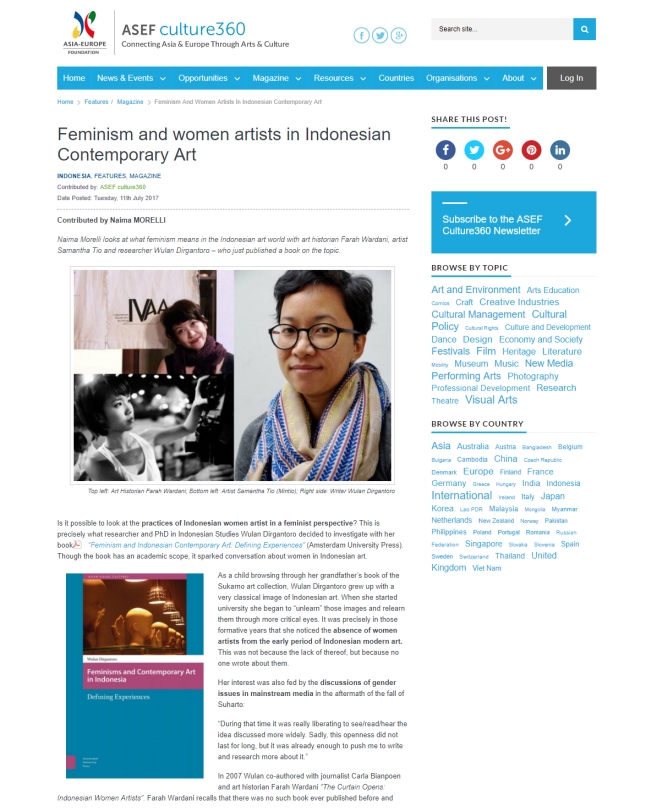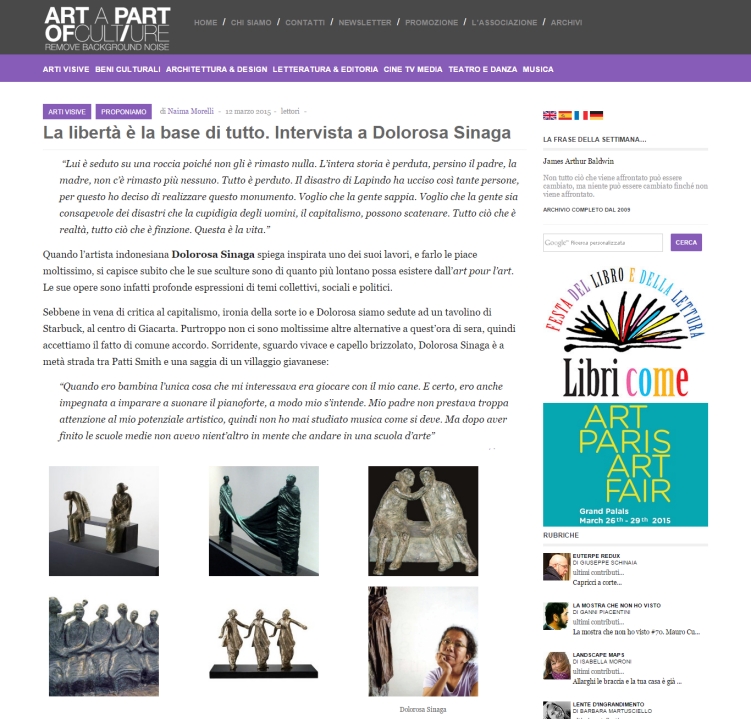
“Heroinas”, appena conclusa negli spazi del Museo Tyssen e alla Fondazione Caja Madrid, è una di quelle rare mostre che oltre a porre dei problemi, una caratteristica tipica del contemporaneo, si preoccupa anche di risolverli.
Il problema in questione, di scottante attualità, è quello delle rappresentazioni della donna, qui risolto con un taglio curatoriale degno del miglior sarto madrileno; la scelta è quella di attingere in primo luogo al mito, substrato profondo di tutta la cultura europea, interpretato alle volte in maniera filologica, rileggendo figure sottovalutate, a volte in maniera polemica, operando un capovolgimento dei ruoli. D’altronde, come ci ricordare il Direttore Artistico Guillermo Solana: “Le femministe hanno spesso trasformato gli stereotipi misogini in immagini sovversive”.
Tutto questo senza tradire lo spirito degli artisti in mostra, molti dei quali, per semplici motivi cronologici, non potevano certo prendere parte al dibattito sul femminile, eppure ci hanno restituito delle eroine di grande intensità e complessità emotiva, mettendo in crisi la monolitica dicotomia Madonna rassicurante-Venere seducente, maternità e oggetto erotico, che troppo spesso si è trasformata in una lettura di molte figure della storia dell’arte, oltre a sembrare, come sappiamo, il bivio obbligato per il quale ogni adolescente degli anni 2000 debba passare.
Spiega Solana:”La storia della cultura occidentale è piena di immagini di donne seduttive, indulgenti, sottomesse, sconfitte e schiavizzate. Ma questa esposizione è centrata su donne forti: attive, indipendenti, sfidanti, ispirate, creative, dominatrici e trionfanti, o, per usare una parola chiave delle femministe, questa mostra comprende immagini che siano fonte di “empowerment” per le donne stesse”
Non più oggetto ma finalmente soggetto, insomma.
Read More












